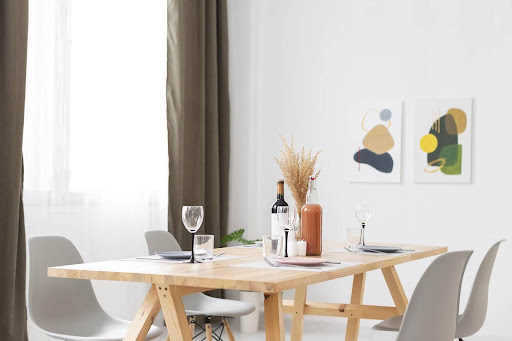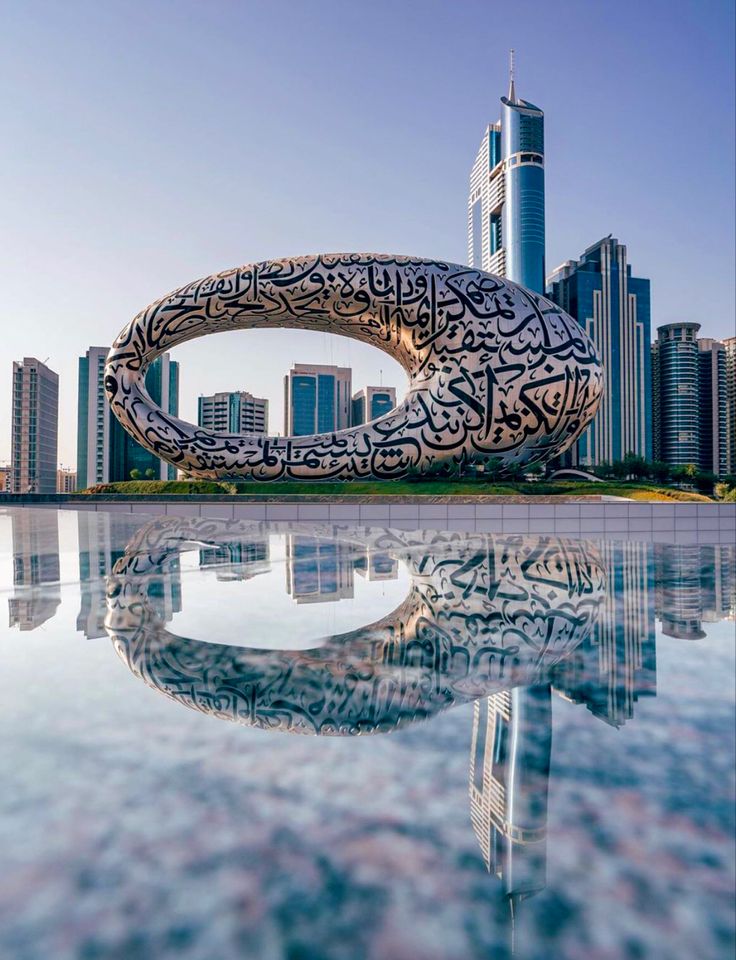At Good Story Blog, we love sharing stories that inspire, inform, and connect people. Our goal is to give you interesting and useful content on topics that matter to you.

The dining table is one of the centrepieces in any home. Aside from the furniture where hearty meals take place, it is also where family bonding usually takes place. But with so many materials available, choosing a dining table that complements the design of your home is often a challenge. With this guide, we aim to present the pros and cons of the most common dining table materials to help you make a smart choice for your family.
Common Dining Table Materials
Wood
Wood dining tables have been the common choice of most families. These furniture items suit a variety of decor styles. Common types of wood used in dining tables are hardwoods like oak, walnut, and maple, as well as softwoods like pine and cedar.
Pros
Durability and longevity make wood the favourite material of different table types. There are wood dining tables known to last for centuries. Their natural look and classy appeal make them a primary choice because they complement both traditional and contemporary interiors. What’s more, reviving the lustre and functionality of wood tables is easy as you can refinish or repair them.
Cons
Wood tables are easy to get scratched, stains, and water damage. To retain their glamour and form, they need regular polishing and cleaning. Many models can also be heavy, making them difficult to move.
Glass
Many modern tables have a glass top that provides a sleek appearance. Tempered glass is the most popular material because of its resistance to breakage. Frosted glass and clear glass are great alternatives.
Pros
Glass tables offer a sense of space and openness. This fact makes them suitable for smaller dining areas. Cleaning and maintaining them is easy, as spills can be wiped away quickly. With the reflective power of glass, it can brighten up a room and improve its overall appearance.
Cons
Glass is prone to scratches and fingerprints, making it a headache for maintenance. It can also be more fragile than other materials, which may be a concern for families with young children or pets.
Metal
If you love industrial and contemporary styles, metal dining tables are your choice. Stainless steel, aluminum, and wrought iron are some of the commonly used metals.
Pros
Metal tables are durable and sturdy. They are also stain- and heat-resistant. They offer an industrial and contemporary look that brings a unique aesthetic to your dining space. Moreover, metal tables are low-maintenance and require less cleaning.
Cons
Metal tables are often heavy, making them difficult to move. They may also need polishing from time to time to prevent rust or tarnish. Some people also find metal tables less inviting than other materials because of their “cold” appearance.
Alternative Materials
Here are other popular materials to consider:
Marble
The marble table’s exquisite appearance makes it look elegant and luxurious. Whilst they are highly durable, they can be porous and prone to stains. You need regular maintenance like sealing to retain their beauty.
Laminate
If you’re particular with the cost, laminate tables should be one of your choices. They come in various designs and colours and are easy to clean and maintain, However, they are less durable than solid wood or metal.
Bamboo
If you advocate eco-friendliness and sustainability, bamboo is the ideal material to choose. Tables made from this material are lightweight and strong. The potential concern for this material is its need for special care to prevent damage whilst maintaining its appearance.
Selecting the right dining table material is a major decision that impacts both the functionality and aesthetics of your home. By understanding the characteristics, advantages, and disadvantages of various materials, you can make an informed choice that fits your home’s style and meets your practical needs.









